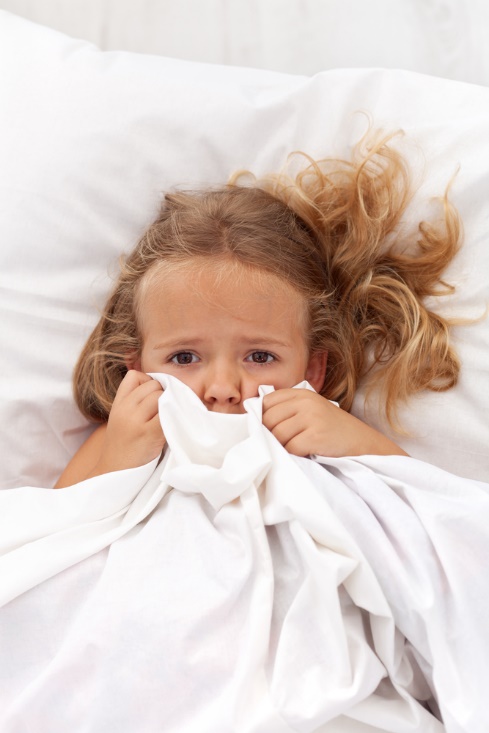How to Correct Your Child’s Bad Eating Habits
Some of our kids will refuse to eat their veggies. What is it about those green things anyway? Some of them will only eat mac and cheese and hotdogs. What are hotdogs even made out of? And still others will fill up on candy and sweets before dinner. Why do we keep letting them do that?
We keep on kicking ourselves for letting these habits continue but we’re so stumped about how to break them that it seems like an impossible feat. The good news is – there are solutions, you just have to be willing to stick with them.
How to get them to eat their veggies
- Try a topping – Adding a topping, such as shredded cheese, to the veggies may make the veggies taste delicious to our child. Broccoli and cheddar cheese, cauliflower au gratin, or baked asparagus with parmesan are all great ways to make those veggies irresistible!
- Add a dip – Your child may not like the veggies by themselves but with their favorite dip, such as ketchup or ranch dressing, it’s a game changer.
- Get creative – Allow your children to help you make an appetizer tray full of veggies and arranged in any way they want. Include some hummus on the side so they can enjoy the fun and flavor of dipping!
How to keep them from snacking throughout the day
When your child is nibbling nonstop on unhealthy snacks throughout the day, it means they won’t be hungry come mealtime. To get them to break this unhealthy habit, try the following.
- Set a snacking schedule – It’s recommended to serve two to three snacks daily, and all around the same time; for instance, midmorning, midafternoon, and bedtime (optional). Children will thrive with this structure because their hunger will become more regulated and predictable.
- Prepare snacks ahead of time – When you set aside time to prepare your child’s snacks for the day, you will have time to think about making the snacks healthier and more filling. Snacks that are high in protein tend to keep kids satisfied longer. For example, you can try healthy combinations like bananas and peanut butter or apple slices in yogurt.
- Get rid of or hide the junk food – When your child sees the junk food on display in the kitchen, that’s the first thing they will ask for or try to grab when they get hungry for a snack. Keep these foods hidden or get rid of them altogether – out of sight, out of mind. Rearrange your refrigerator or pantry to have the healthy stuff in the front, so that’s the first thing they will see when they open it.
How to stop them from eating too much sweet stuff
- Limit their intake – It’s not practical to make a child quit eating sweets cold turkey, but it is feasible to limit their intake to once or twice a day. Because they’re not going to like this policy at first, its important to give them some choice in the matter. For example, you can ask them, “Would you like to have a chocolate muffin now or two small chocolate squares after dinner?”
- Make replacements – Not all sweet treats have to be unhealthy! You can find healthy sweets such as fruits and yogurt or bananas sprinkled with cinnamon. Cereals and fruit snacks that are high in sugar can be replaced with low-sugar versions that they will grow to love just as much.
How to get them to try new foods
- Repeated daily exposure – Even if your child initially rejects the food, researchers have found that it takes between 10 to 15 exposures for a child to like the new food. So stick with it even if they don’t like it at first!
- Offer non-food rewards – It’s important for us to offer praise when our children try new foods, but we should have a neutral stance if they decide not to eat it. You may also choose to offer a small physical reward such as stickers when your child accepts a new food.
- Be a role model – You can’t expect your child to eat a food that you’re not eating yourself. Always eat the same food as your child when you introduce something new. Research has shown that children who have parents that model healthy eating habits tend to be less “picky.”
Eating at Parker-Chase
At Parker-Chase Preschool, we know that healthy students are happier students! We provide our students with daily chef-prepared meals and nutritional snacks. All of our meals are prepared with fresh produce and ingredients. With a different theme each week, our menu is diverse and gets children excited about eating!







